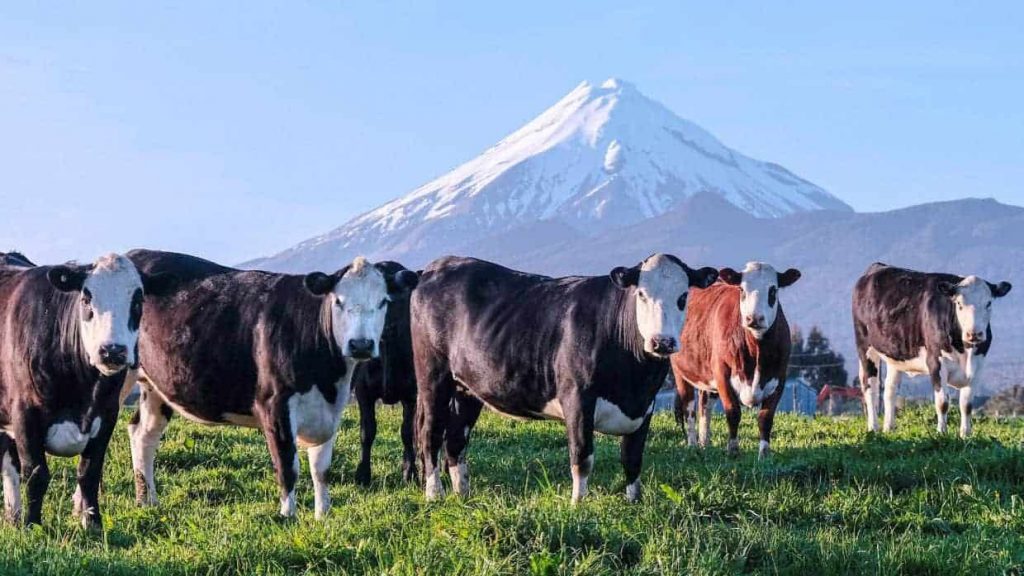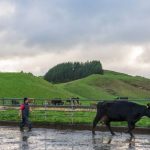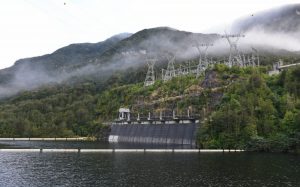
OPINION: Beef + Lamb New Zealand has been out on the road listening to farmers in a series of woolshed meetings over the past few weeks.
Clearly, many farmers are frustrated at the overwhelming wave of regulations coming down the pipeline.
The farmers that I talk to certainly aren’t anti-change. The weather, global market prices and evolving expectations from consumers mean change in our sector is constant.
Ultimately, the prevailing mood among many farmers in these woolshed meetings has been driven by the varying views about how our sector should play its role alongside the rest of the nation and global competitors in addressing climate change.
Farmers know the issue of climate change is not going to go away, that consumers and customers in our global markets are sending signals they want to see action in this area and ultimately this could become a trade and market access issue in the future. We will respond to this challenge.

I firmly believe most New Zealand farmers are committed to playing their part in addressing climate change. (file photo)
But the discussion and debate about the “how” has created division and concern in rural communities across the country and ultimately led to a very strong signal being sent to B+LNZ.
Much of the noise has been focused on agricultural emissions pricing and the future of He Waka Eke Noa, the Primary Sector Climate Action Partnership and recent reports suggesting He Waka Eke Noa is “dead”.
I can’t speak for the other partners, but B+LNZ is committed to collaboration across the sector, whether that is HWEN or another form. We are stronger working together with other industry groups to try and get an outcome that works for farmers, rural communities and ultimately drives the best outcomes for our country.
But farmers have sent us a clear message that they are unhappy with the pricing proposal that the He Waka Eke Noa partnership put to Government last year, it was overly complicated and would disproportionately impact the viability of our most extensive sheep and beef farmers.
We’ve listened to these concerns and we no longer support the original pricing proposal. But we’re open to working collaboratively within the partnership for a practical alternative. Doing nothing is not an option.
We believe the Government should focus on setting up a robust and credible measurement and reporting system for emissions first.
We don’t think it’s appropriate to price agricultural emissions until issues like sequestration are resolved and there are mitigations tools widely available. However, we do recognise as a sector the need to keep investing in research and development.
While we don’t agree with the current 2030 methane targets, it appears we’re on track to meet them. Land use change driven by a raft of Government environmental policies and ongoing farmer efficiency will see that target met. While this is happening, there is no need to also put a price on emissions.
My vision for the future is one where we’re demonstrating that New Zealand farmers are world leading through measuring and reporting emissions at farm level. It’s a future where we’re hitting science-based targets, we’re investing in the research and development of mitigation technologies, these are widely available and the market is incentivising farmers to use these.
Every step we make on the journey should be one that works towards this future state. Charging for emissions when there are few technologies available for farmers is not going to help us get these outcomes any faster.
Farmers must get proper recognition for the genuine sequestration happening on their farms and the ETS must be amended to include new categories like native scrub, additional growth on pre-1990 native forests, shelter belts and riparian strips. This should happen before any charge on emissions is considered.
I firmly believe most New Zealand farmers are committed to playing their part in addressing climate change. We are on track to achieve our legislated targets and a recent AgResearch report shows we’re among the most carbon efficient producers of red meat protein in the world. These are facts that should be celebrated and ongoing work and further improvements must be recognised.
So, now let’s focus on taking the time to get a measurement and reporting systems right to support that ongoing progress and not rush to a pricing framework until there’s justifiable reason to do so.
























